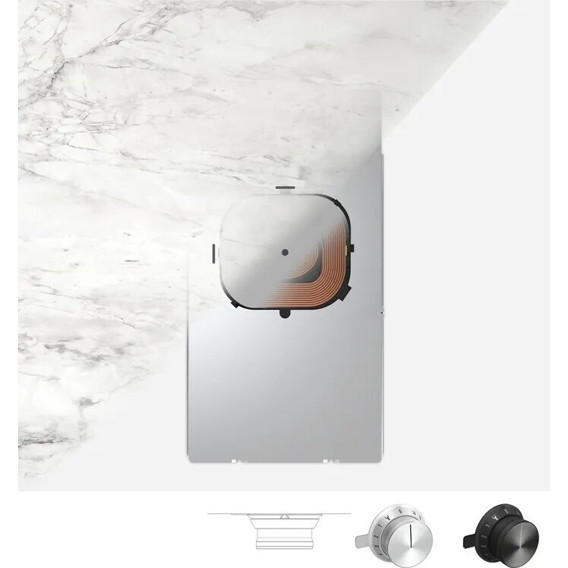Pyrolysis Oven Comparison: A Comprehensive Guide
In current years, pyrolysis ovens have actually gathered considerable attention in the fields of products processing, waste management, and energy recovery. These specialized ovens convert natural products into helpful by-products through thermal decay in the lack of oxygen. As markets and people increasingly try to find sustainable options to garbage disposal and product healing, understanding the variety of pyrolysis ovens offered on the marketplace becomes vital. In this post, we will look into the comparisons between different kinds of pyrolysis ovens and their respective functions, applications, and downsides.
What is Pyrolysis?
Before diving into the comparison, let's first comprehend pyrolysis. Pyrolysis is a thermal decay process that occurs at elevated temperature levels, normally between 300 ° C to 800 ° C, in an oxygen-free environment. The outcome is the breakdown of materials into three primary products:
- Solid Residue: Often called char, it can be further processed or utilized as fuel or soil change.
- Liquid Products: Also referred to as bio-oil, these are complicated mixtures that can be improved into valuable chemicals or used as a fuel.
- Gaseous Components: These consist of flammable gases that can be collected and utilized as an energy source.
Types of Pyrolysis Ovens
The market provides a variety of pyrolysis ovens; the most typical types include:
- Batch Pyrolysis Ovens
- Continuous Pyrolysis Ovens
- Vacuum Pyrolysis Ovens
- Microwave-Assisted Pyrolysis Ovens
Comparison Table
| Feature/Type | Batch Pyrolysis | Continuous Pyrolysis | Vacuum Pyrolysis | Microwave-Assisted Pyrolysis |
|---|---|---|---|---|
| Operation Mode | Batch processing | Constant processing | Batch processing | Batch processing |
| Input Material | Variable | Consistent circulation | Variable | Variable |
| Temperature Range | 300 ° C | - 800 ° C 300 ° C | - 800 ° C | |
| 300 ° C-800 ° C 300 ° C-600 ° C Product Quality High | Moderate to High | High | High | |
| Production Rate | Low | High | Low | Low |
| Preliminary Investment | Lower | Greater | Moderate | Moderate |
| Operational Flexibility | High | Low | Moderate | Moderate |
| Footprint | Smaller | Larger | Smaller | Smaller |
Comprehensive Analysis of Pyrolysis Ovens
1. Batch Pyrolysis
Batch pyrolysis ovens are created for processing materials in discrete loads. They are ideal for small operations or pilot projects and frequently feature:
- Operative Flexibility: Batches can be tailored to different materials.
- Lower Capital Investment: Initial expenses are more manageable for small companies or startups.
- Quality Control: High-quality output due to controlled conditions for each batch.
Nevertheless, they may fall brief in regards to production capacity and efficiency.
2. Continuous Pyrolysis
Constant pyrolysis ovens operate by feeding the raw product regularly, allowing for more substantial output and efficiency:
- Higher Throughput: Suitability for large-scale organizations that need constant processing.
- Cost-Effectiveness: Although preliminary costs are higher, the effectiveness can result in lower operating expenses in the long run.
One disadvantage is that the input product must typically be uniform in size and type to ensure constant processing.
3. Vacuum Pyrolysis
Vacuum pyrolysis involves the elimination of air throughout the pyrolysis process, efficiently enhancing the quality of the output and increasing the yield of valuable by-products:
- Higher Quality Products: Reduces the chance of unwanted reactions and improves gas and oil yield.
- Smaller Sized Equipment Footprint: More efficient usage of space.
Alternatively, it tends to be more pricey and needs cautious style to preserve vacuum conditions.
4. Microwave-Assisted Pyrolysis
This ingenious method makes use of microwave energy to heat products more evenly and effectively:
- Diverse Feedstock: Can process a series of materials, including damp biomass.
- Faster Pyrolysis: Typically results in shorter processing times due to rapid heating.
On the other hand, it is still reasonably brand-new on the market, suggesting limited proven durability or reliability.
Secret Considerations When Choosing a Pyrolysis Oven
- Scale of Operation: Choose in between batch or continuous depending on whether you're small or massive.
- Feedstock Variety: Assess whether you'll be processing consistent materials or diverse feedstocks.
- Production Goals: Understand your production targets to identify the essential oven type.
- Capital and Operational Costs: Balance initial investments with potential long-term functional costs.
- Product Quality Requirements: Consider how important the quality of the output is for your designated application.
Regularly Asked Questions
1. What is the average cost of a pyrolysis oven?
The cost can range substantially based on the type and scale of the oven. Batch systems may start around ₤ 30,000, while continuous systems might surpass ₤ 300,000.
2. How long does the pyrolysis process take?
Batch processes might take several hours, while continuous systems can operate 24/7 at varying rates depending on input product.
3. What kinds of products can be processed in a pyrolysis oven?
Common materials consist of natural waste, plastics, rubber, and biomass. However, the particular oven might have restrictions.
4. What are the ecological advantages of pyrolysis?
Pyrolysis lowers land fill waste, generates energy and important items from waste, and can lower greenhouse gas emissions through careful management.
5. Can Induktionskochfeld Kaufen produced by pyrolysis?
Definitely! The gases produced during pyrolysis can be transformed into fuel or energy, allowing a closed-loop system.
Picking the right pyrolysis oven requires comprehending the subtleties of your particular application, spending plan, and ecological impact goals. While batch systems represent versatility and lower expenses, continuous systems provide performance for bigger operations. On the other hand, vacuum and microwave-assisted pyrolysis techniques offer innovative solutions but at differing expenses and complexities.
By thoroughly weighing these considerations and consulting the in-depth contrasts provided, organizations and people can make educated decisions that line up with their sustainable goals.

